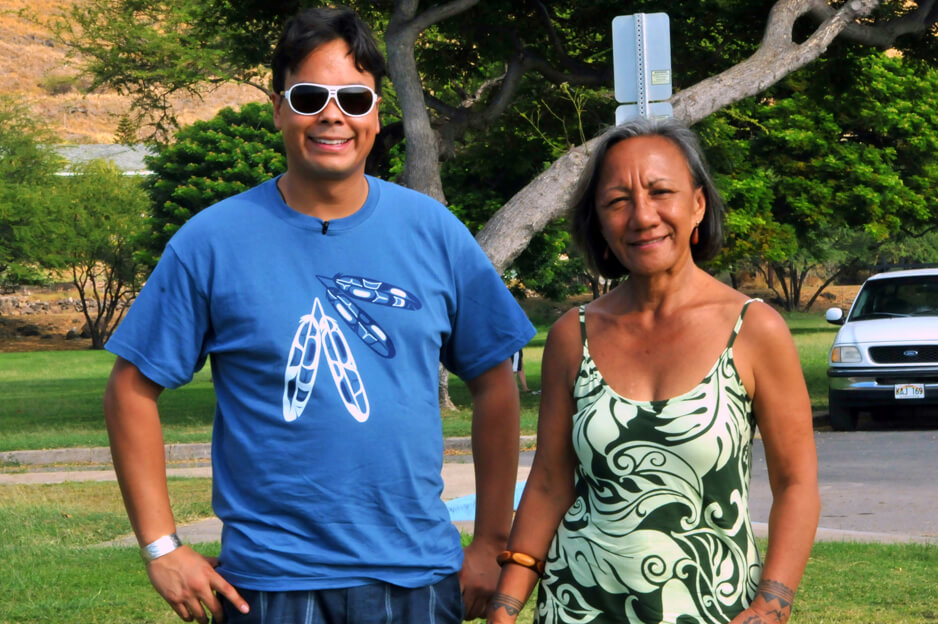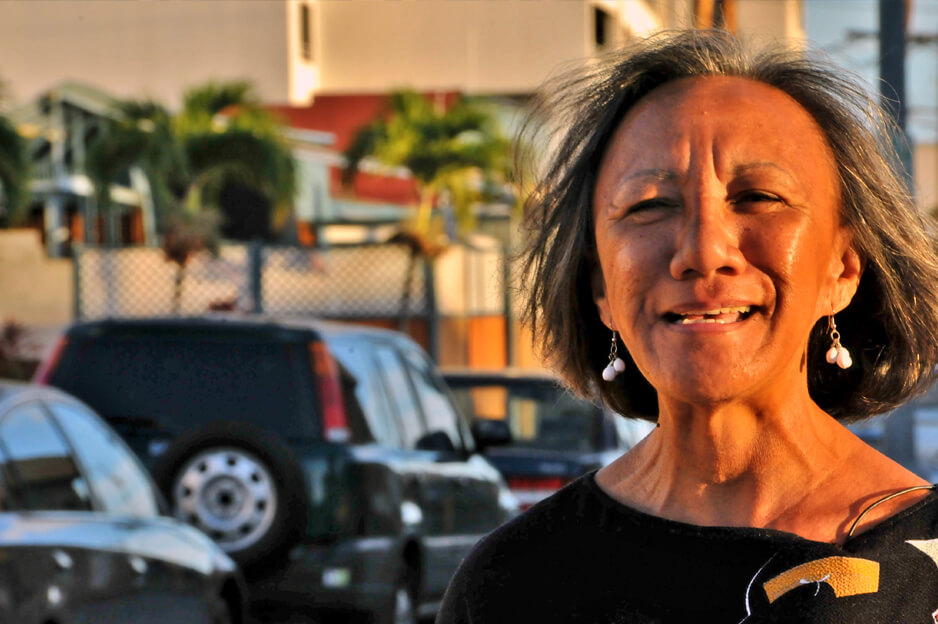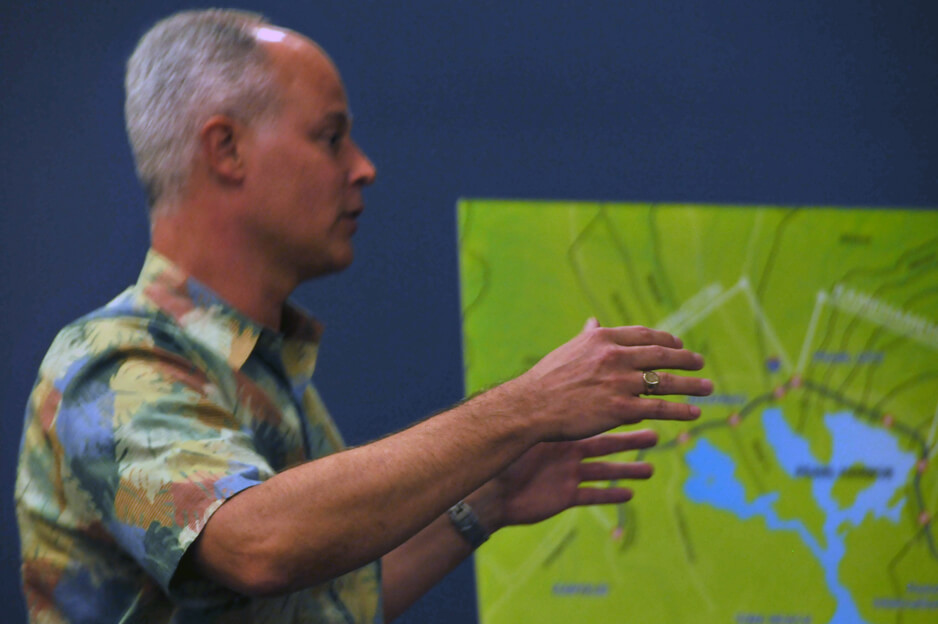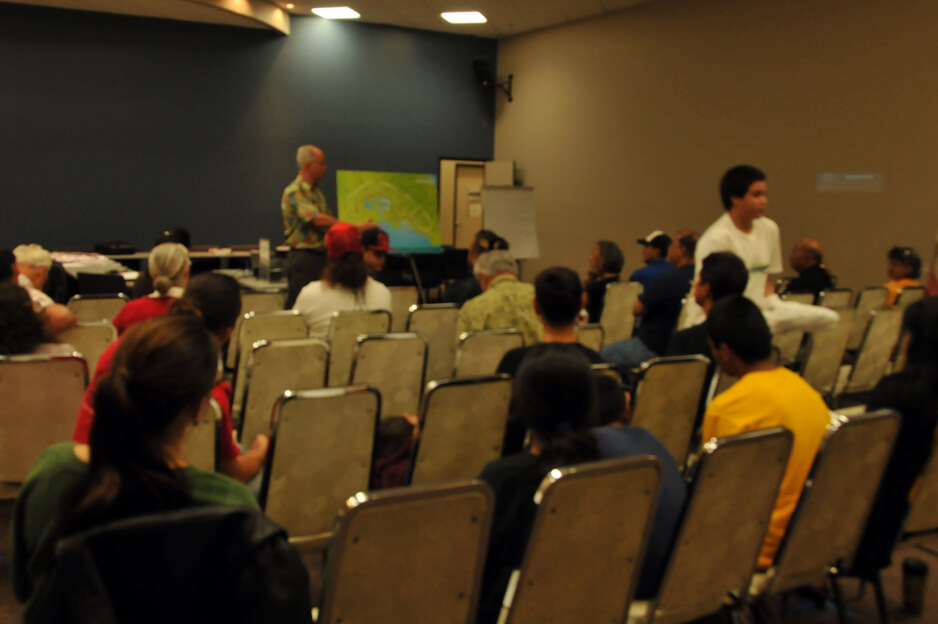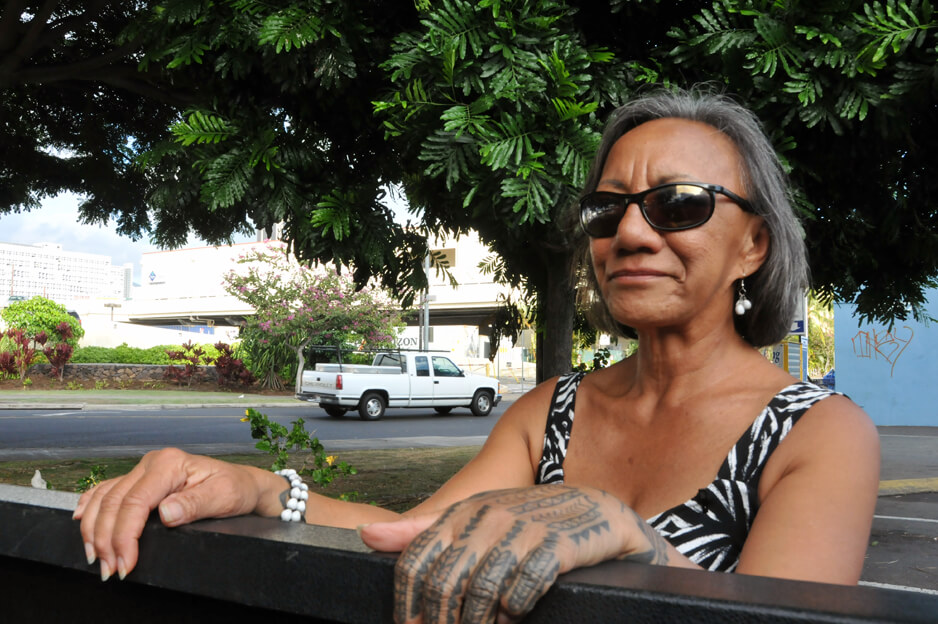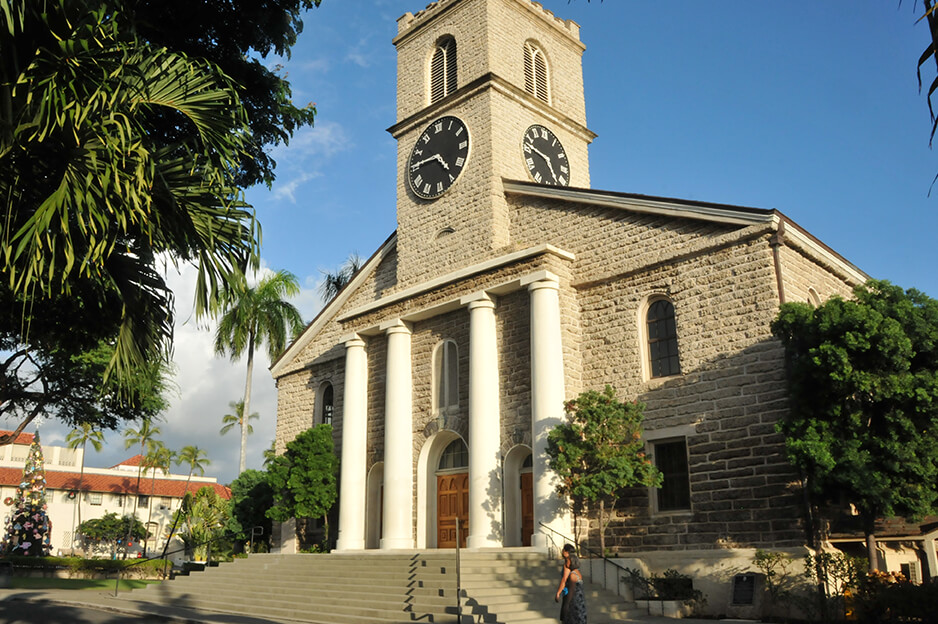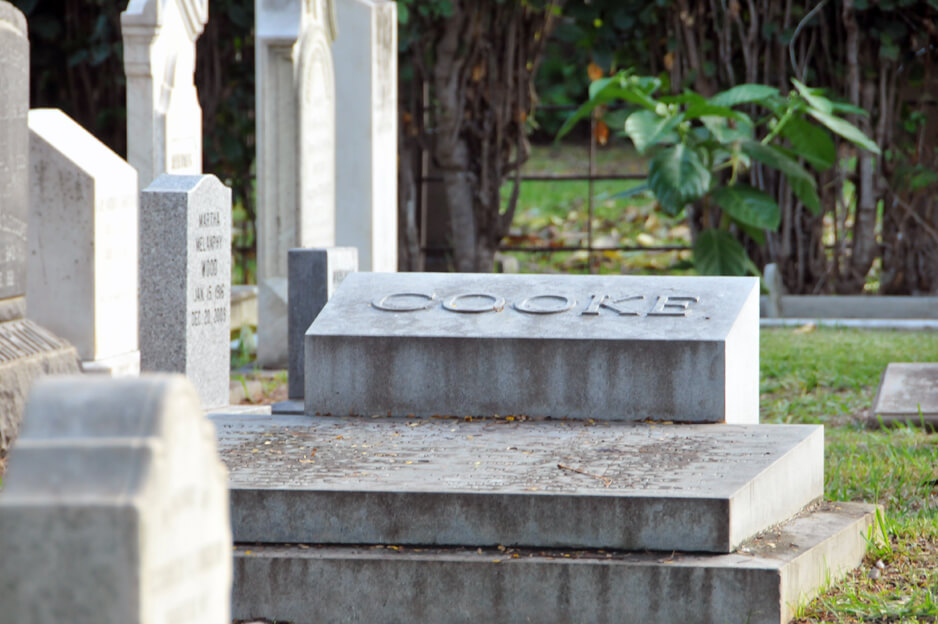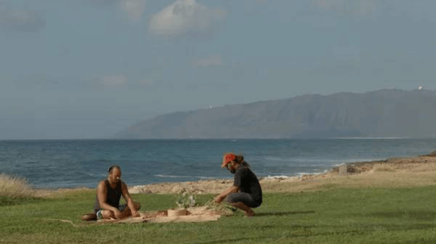The Native Hawaiian Legal Corporation is a non-profit law firm that defends the culture and traditions of native Hawaiians.
I’m visiting their offices in Honolulu to meet the firm’s Director, Moses Haia. He’s working with Indigenous people to preserve an ancestral gravesite in the pathway of the largest transportation project in Hawaii’s history. They recently won a court case that halted construction of a massive rail project after the bones of native Hawaiians were unearthed.
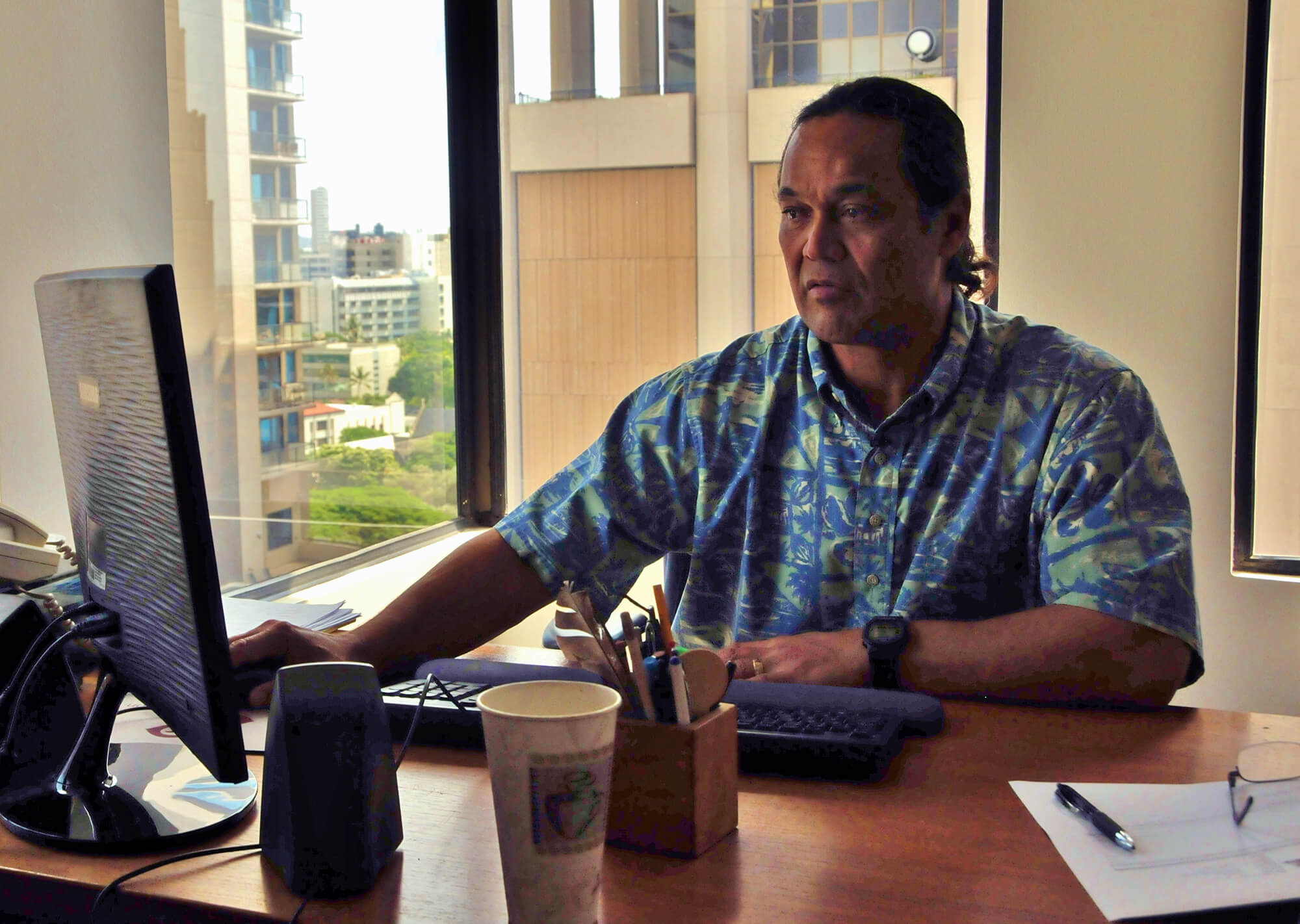
Moses Haia, Executive Director, Native Hawaiian Legal Corporation.
He’s also an Indigenous Hawaiian who knows about the everyday struggles his people face….
